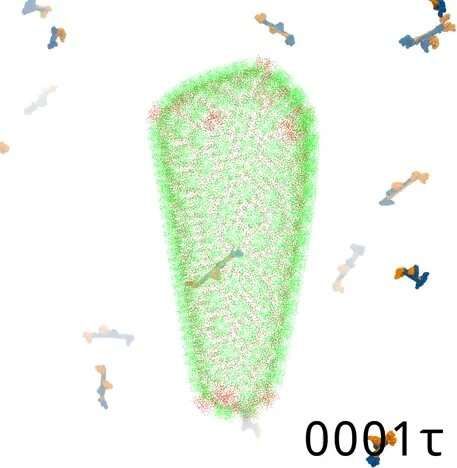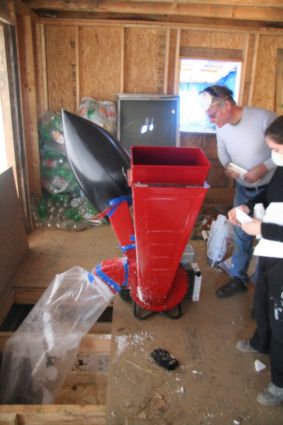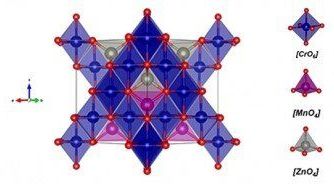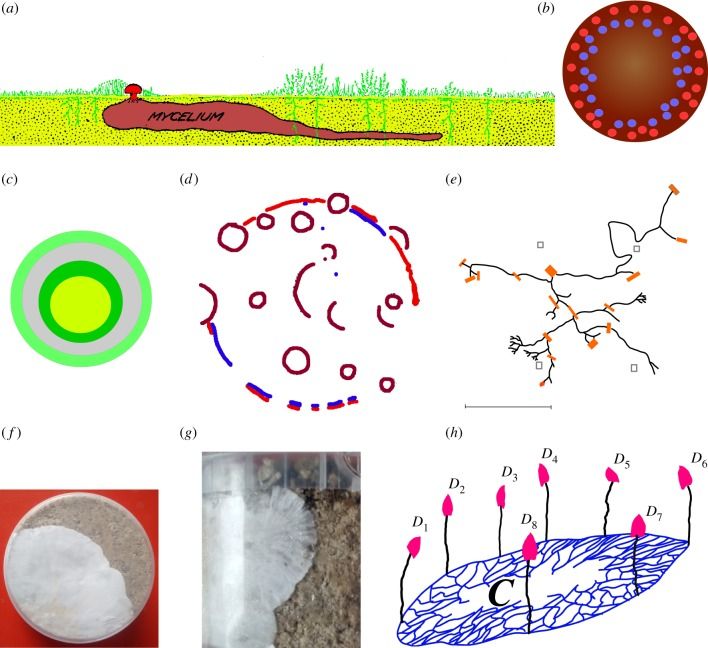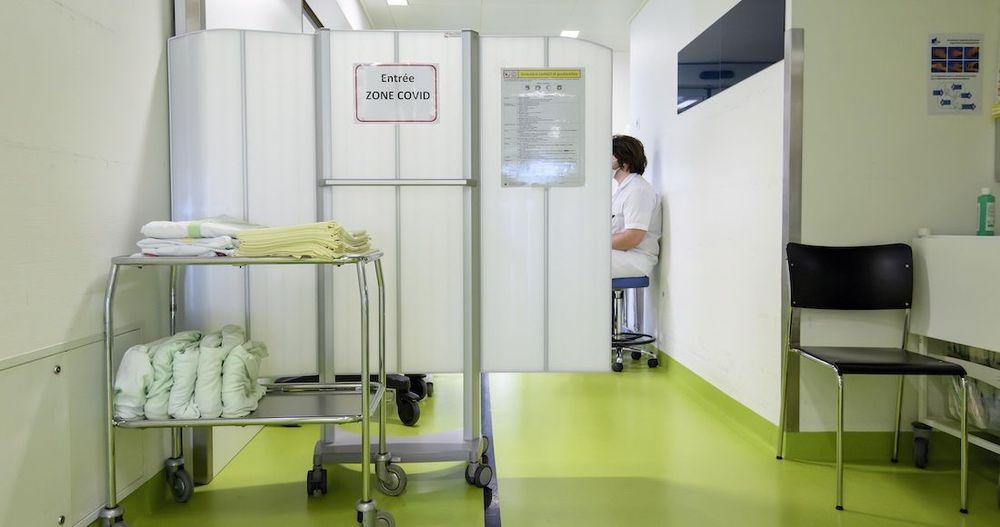May 5, 2020
Scientists uncover secret behind molecule that blocks HIV infection
Posted by Quinn Sena in categories: biotech/medical, innovation
Rhesus macaques don’t monkey around when it comes to HIV; they have a protein that effectively disables invading HIV particles.
A group of University of Chicago scientists announced an innovative study that explains how the macaques’ immune protein, called TRIM5α, works its magic. It also represents a significant step forward in the science of modeling how complex biological proteins assemble themselves, the scientists said.
“These proteins work together to encase the HIV capsid in a hexagonal net and restrict viral activity,” said postdoctoral fellow Alvin Yu and lead author of the study, which was published in Nature Communications.
